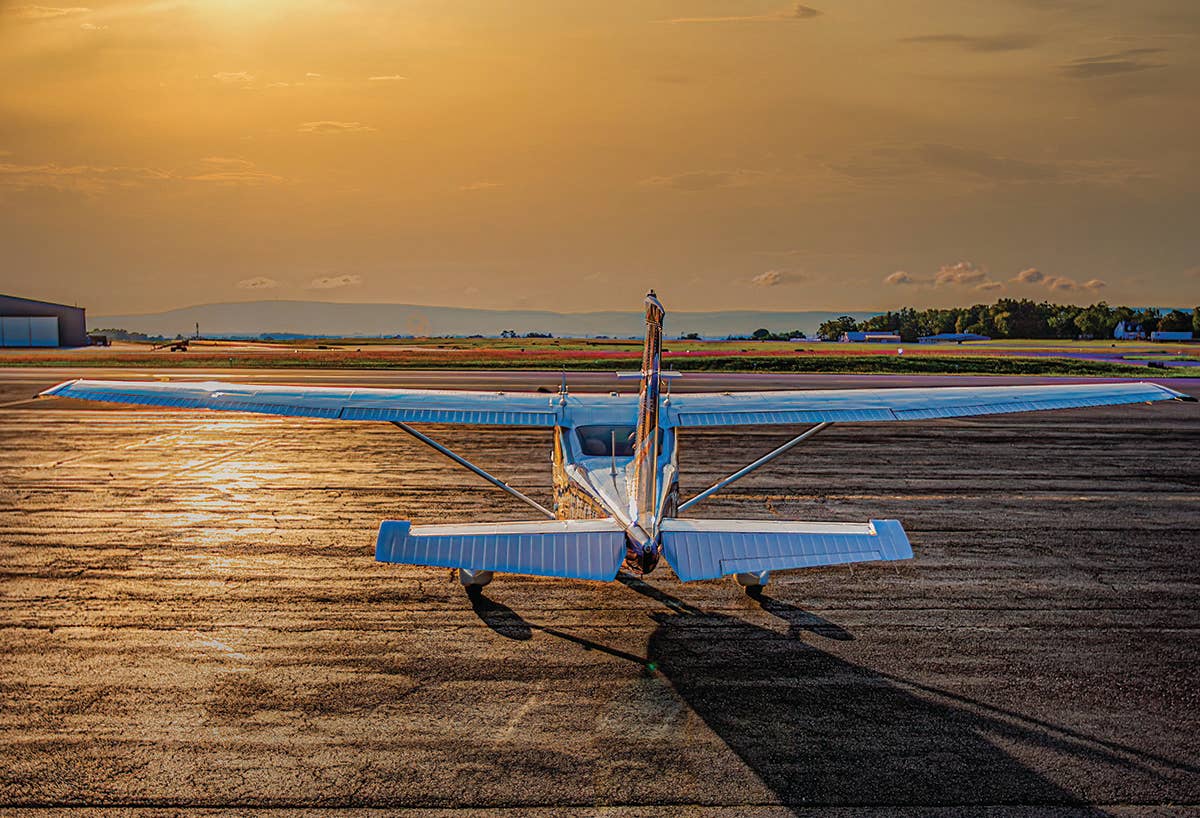What Are the Rectangular Things on My Cessna Skylane Elevators?
Airplanes use two types of control-surface balance: aerodynamic and mass.

A Cessna 182T Turbo Skylane. [Credit: Stephen Yeates]
Question: What are the rectangular things sticking forward at the tips of the elevators on my Cessna Skylane? Why don't other airplanes have them?
Answer: The forward projections are balances. Actually, lots of airplanes have them, Beechcraft Bonanzas and Cirruses, for example, but they don’t all look the same.
Airplanes use two types of control-surface balance: aerodynamic and mass. Aerodynamic balance means putting some of the surface area ahead of the hinge axis to reduce control forces for the pilot. The faster the airplane, the greater the need for this type of balance.
If you're not already a subscriber, what are you waiting for? Subscribe today to get the issue as soon as it is released in either Print or Digital formats.
Subscribe NowMass balance provides protection against flutter. By itself, a control like an aileron is tail-heavy. When the wing gets a jolt from below and flexes upward, an unbalanced aileron tends to deflect downward, increasing lift on that part of the wing and exaggerating the flexure. Mass balance often takes the form of a projecting “horn” that puts a chunk of lead well ahead of the hinge line. It keeps control surfaces from imposing unwanted forces which, if they get large enough and certain other conditions exist, can produce flutter and take the aileron or the whole wing off the airplane. The same applies to empennage surfaces. Often horn balances are placed at the outer end of a surface because the accelerations due to flexing are greatest there, and so the greatest effect can be obtained from the least addition of weight.
The wide balances on the Skylane produce both aerodynamic and mass effects. The narrow ones on Bonanzas and Cirruses are mainly for mass balance, as their aerodynamic effect is minimal.
Do you have a question about aviation that’s been bugging you? Ask us anything you’ve ever wanted to know about aviation. Our experts in general aviation, flight training, aircraft, avionics, and more may attempt to answer your question in a future article.
This article was originally published in the March 2023 Issue 935 of FLYING.

Sign-up for newsletters & special offers!
Get the latest FLYING stories & special offers delivered directly to your inbox







